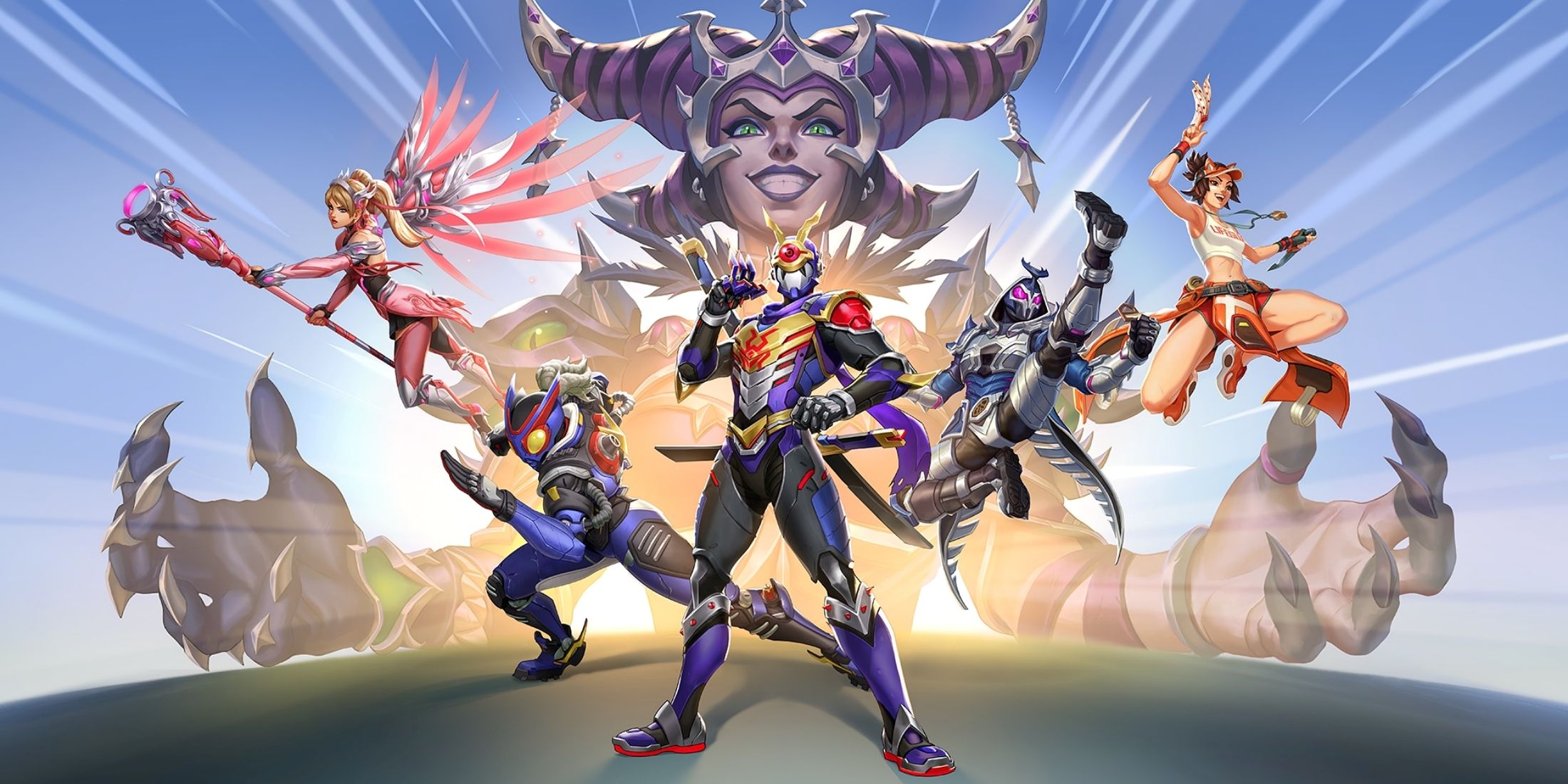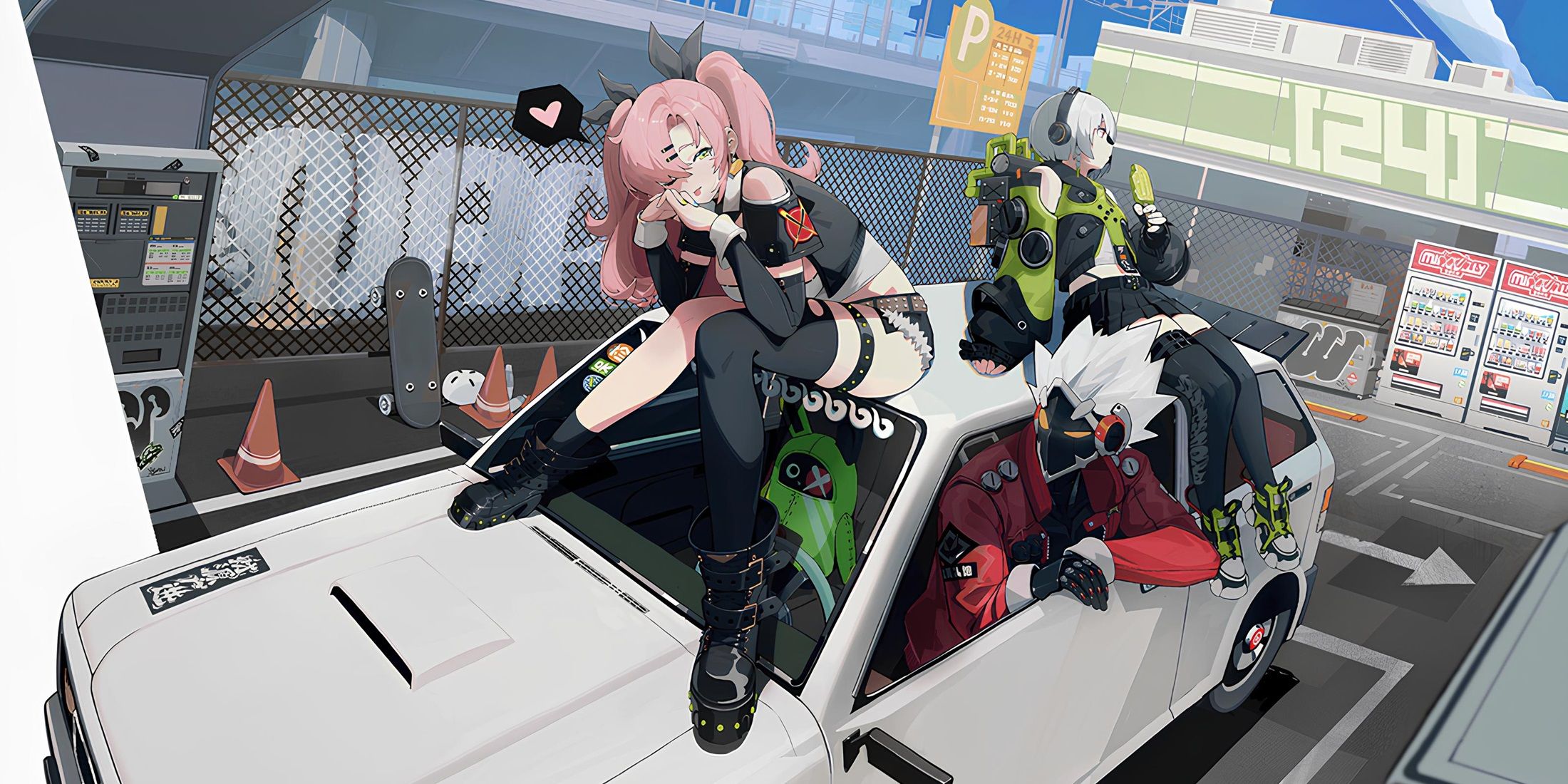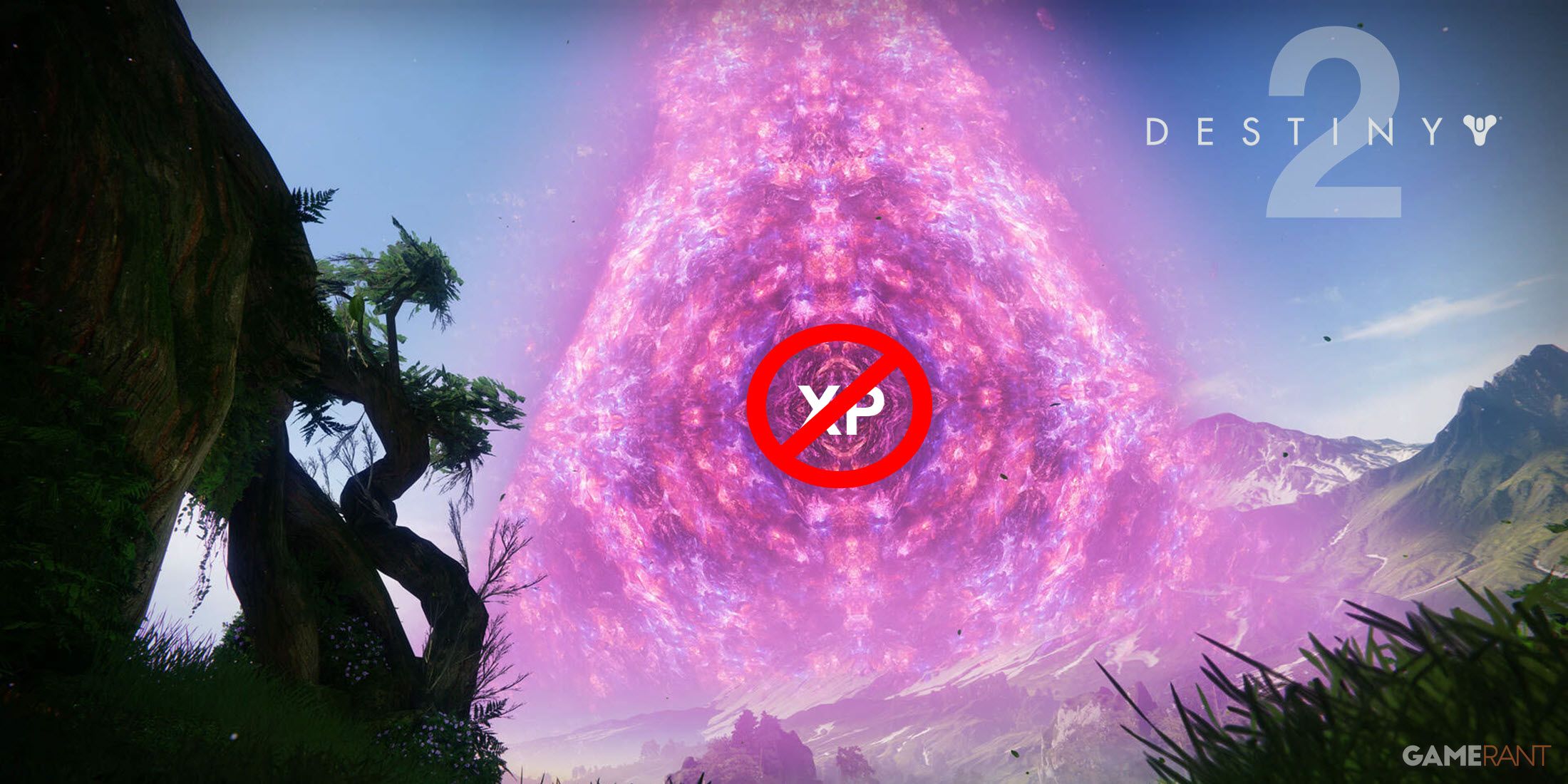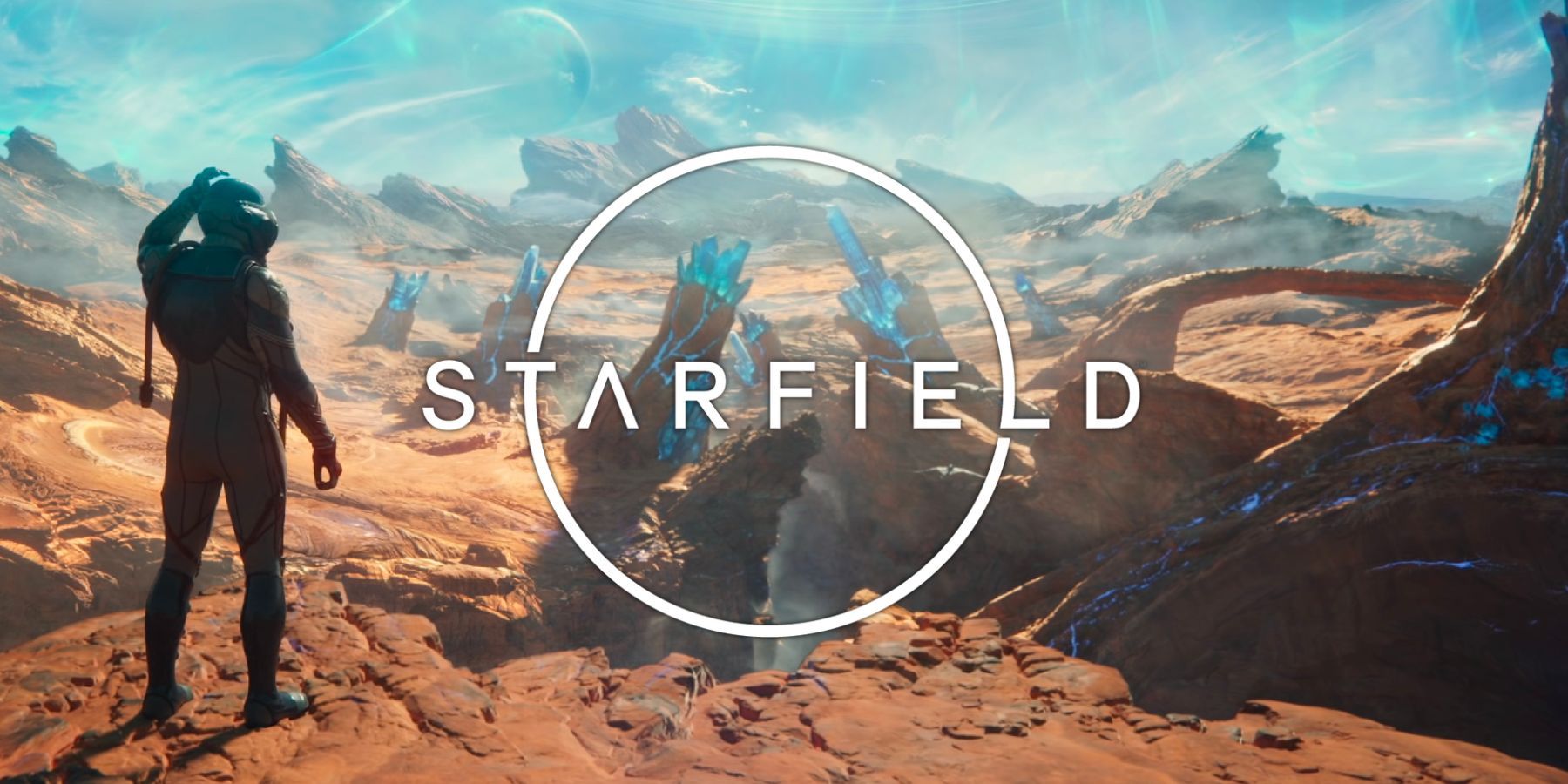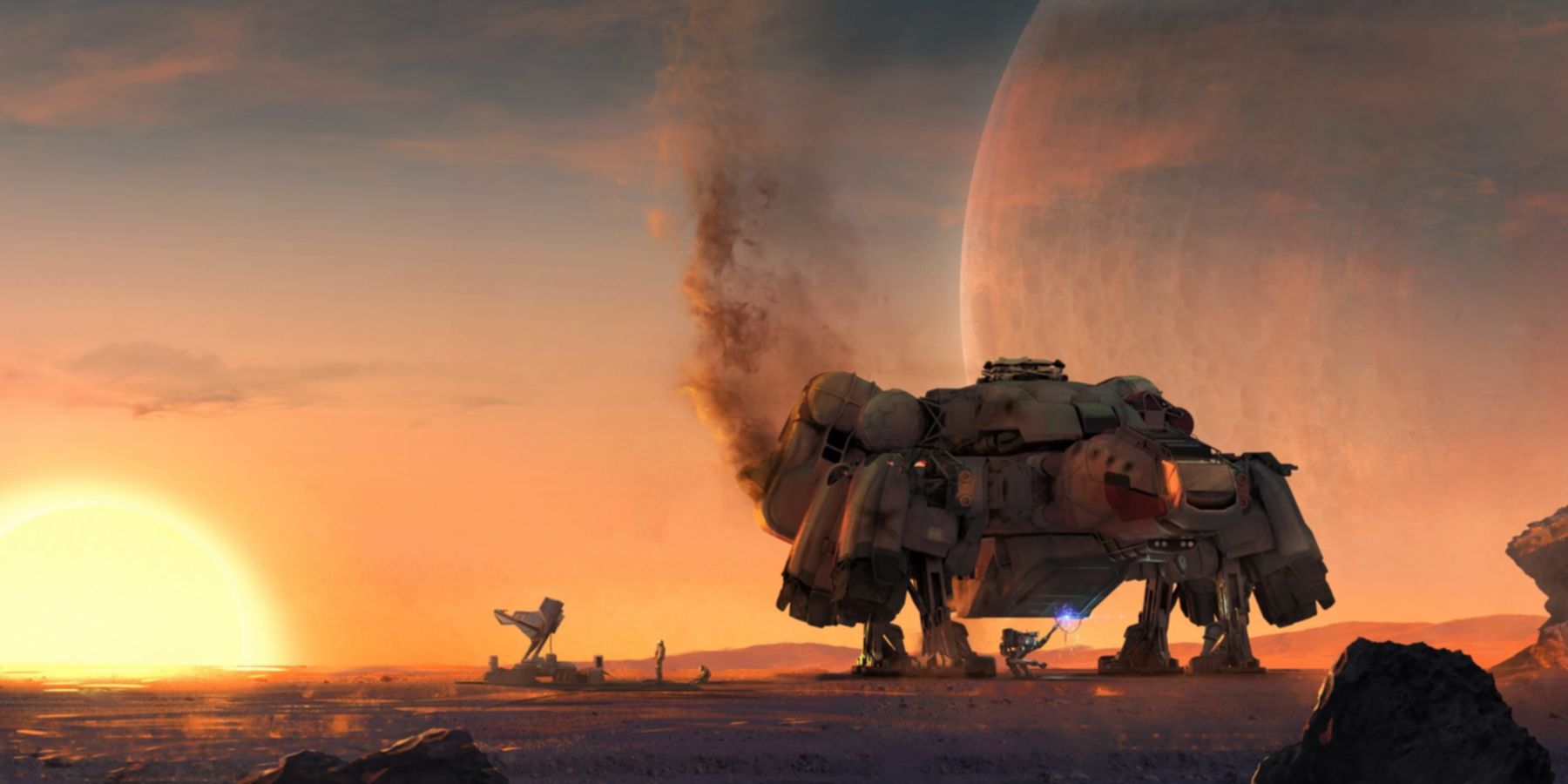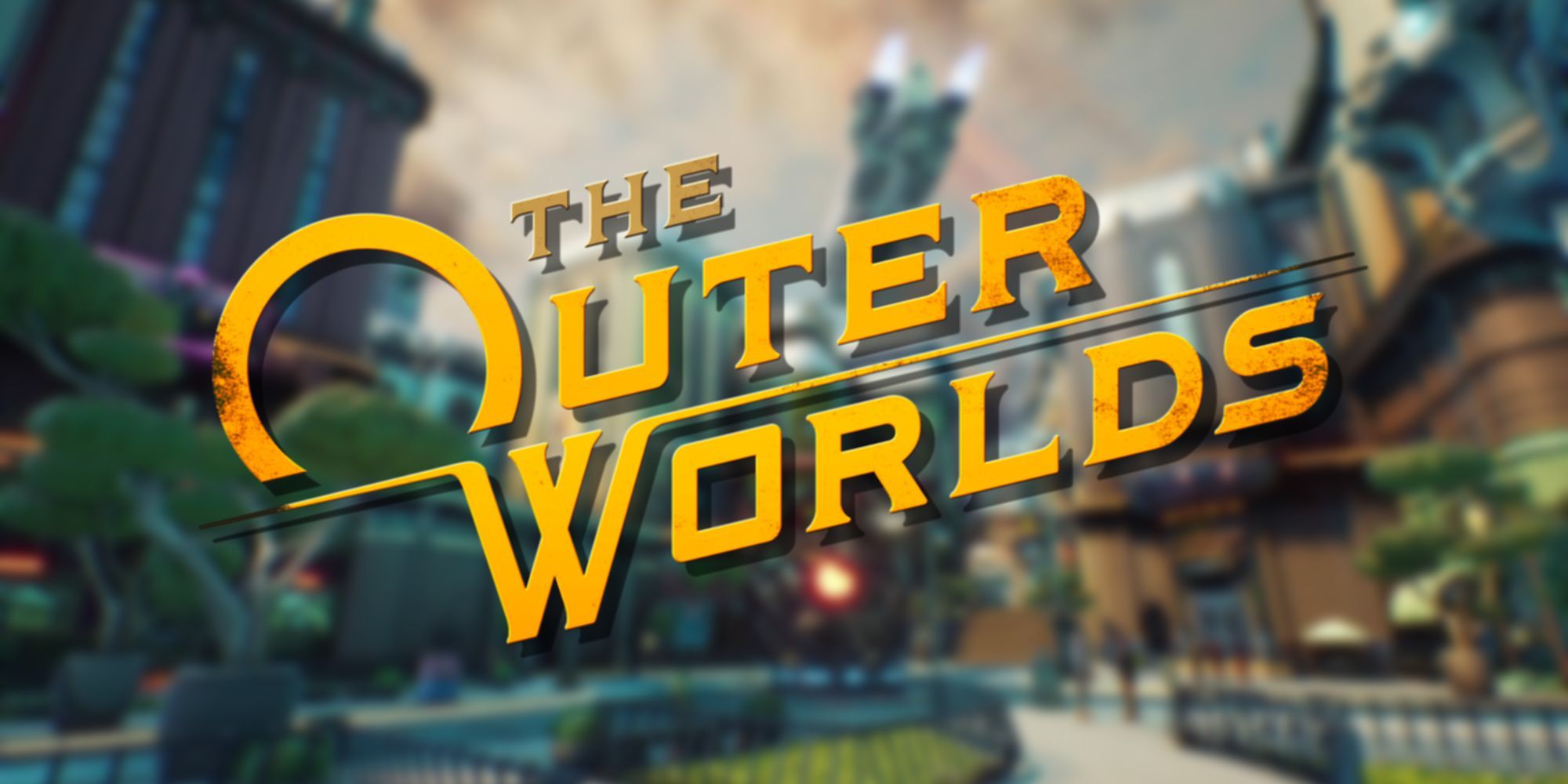The Xbox Series X/S has an exciting slate of sci-fi RPG games lined up over the next couple of years, as Obsidian's The Outer Worlds 2 is currently in development, and Bethesda's highly anticipated Starfield is set to release this September. While both games share a genre and certain gameplay fundamentals, however, it's likely that The Outer Worlds 2 and Starfield will be going in two very different directions in terms of structure. Whereas Starfield aims to be truly galactic with its procedurally generated planets, The Outer Worlds 2 will likely take a more focused approach similar to the series' first installment.
The Outer Worlds 2 will be taking players to a new star system, leaving The Outer Worlds' Halcyon Colony and focusing on a new collection of planets. While there's no news on how many planets will be in the sequel, it's likely Obsidian will create another handful of planets with distinct environments and plentiful gameplay opportunities. This is in stark contrast to Starfield's promises of over a thousand planets, but it may be wise for Bethesda's next RPG to look toward The Outer Worlds 2 and realize the merits of quality over quantity. A full galaxy may be fun to explore, but it's nothing without some kind of focus.
Starfield and Gaming's Open-World Exhaustion
Bethesda is one of the pioneers of the current open-world formula, and Starfield looks to be the culmination of that legacy. As the game plans to give players multiple galaxies to explore, however, there is some concern that many of the planets featured in Starfield won't be worth exploring. It speaks to a recent issue in the open-world adventure genre, where a game provides a massive area for players to explore, but doesn't fill it with enough unique activities to make the world feel engaging.
Games like Assassin's Creed Valhalla have been criticized for this design strategy, as its massive map is mostly filled with arbitrary collectibles and often inconsequential side quests that mostly serve to inflate the game's average completion time. While these 100-plus-hour open-world game experiences have their devoted fans, there has been a shift in desire for more concentrated games that can be finished in 30–50 hours. With Starfield promising an unfathomable amount of space to explore, it's all too possible the game could be bloated with unexciting content that only serves to justify the existence of its planets.
How The Outer Worlds Thrived On Quality Over Quantity
When The Outer Worlds came out, it was just a year after the release of mammoth games like Red Dead Redemption 2 and Assassin's Creed Odyssey. In the face of these 100-hour adventures, The Outer Worlds provided a concentrated experience that could be finished in 20–30 hours, and where it differed from its contemporaries was in the quality of its content. From memorable The Outer Worlds companions like Parvati to consistently distinct quests, Obsidian provided more engaging gameplay in about 25 hours than many games deliver in 90-100.
With The Outer Worlds 2, Obsidian will likely take a similar approach to create its new star system. The developer thrives on narrative-driven experiences, and one of the best ways to achieve that is with a focused world filled with meaningful things to do. The promise of Starfield's substantial galaxy may be enticing, but its scale may be at the expense of a consistently enjoyable game. It remains to be seen what The Outer Worlds 2 or Starfield will really be like, but the track record of each developer shows that these sci-fi adventures will likely be two very different experiences.
The Outer Worlds 2 is currently in development.

